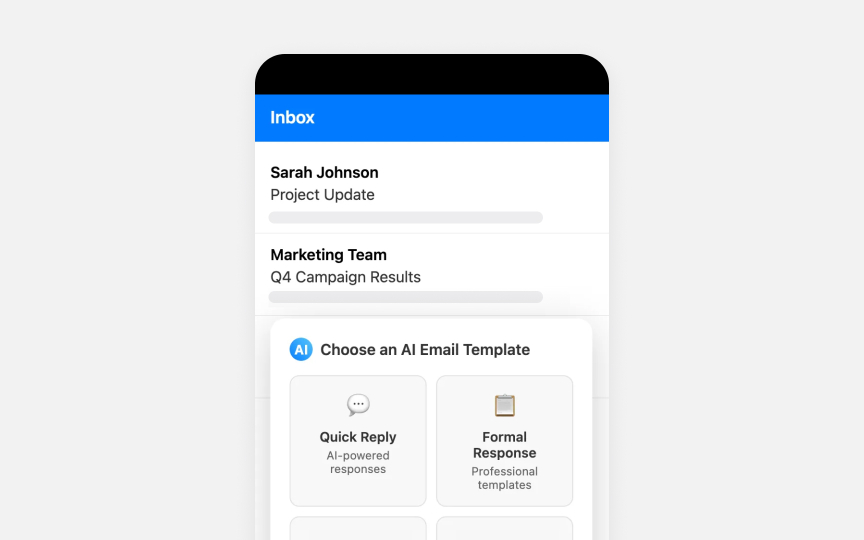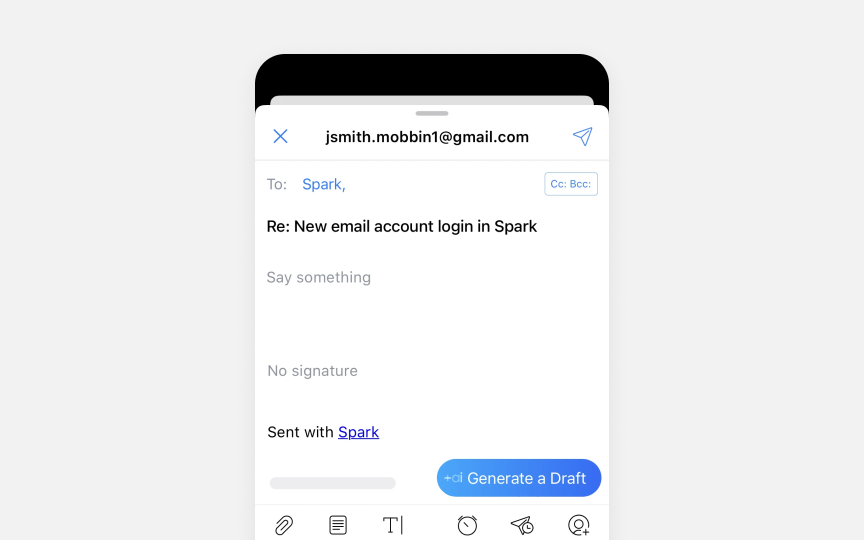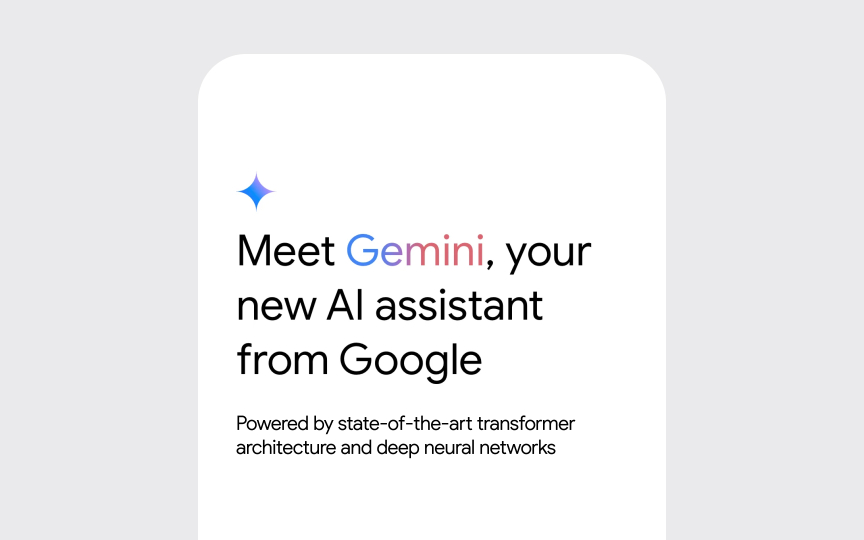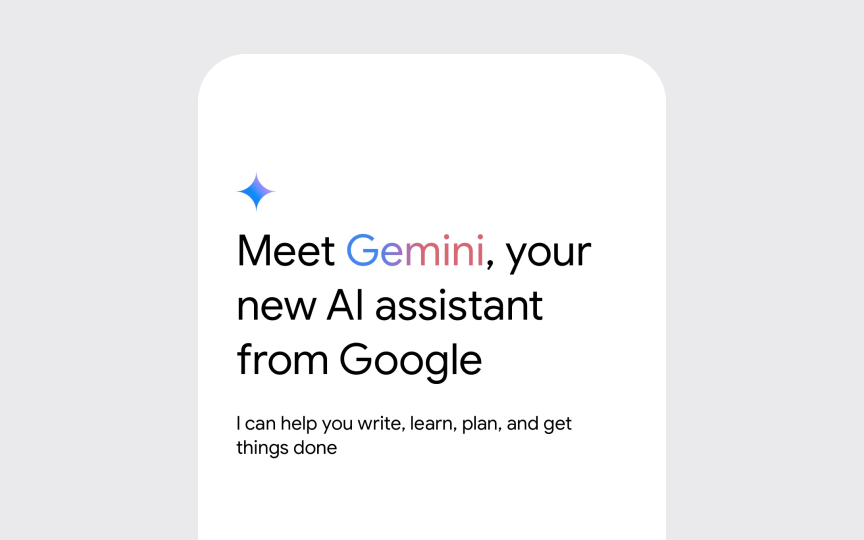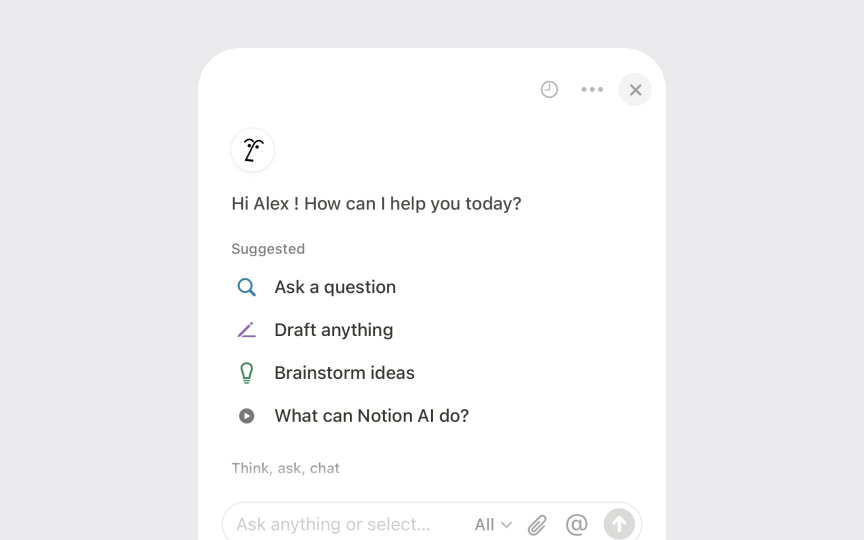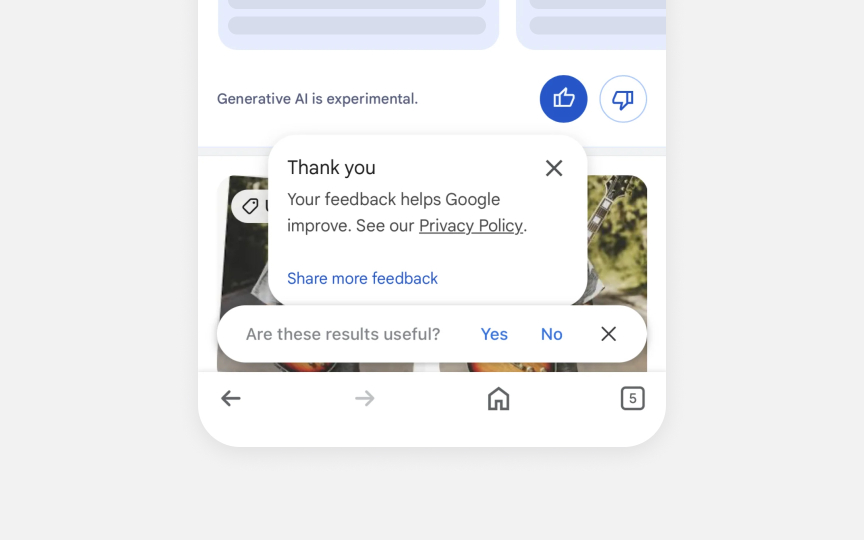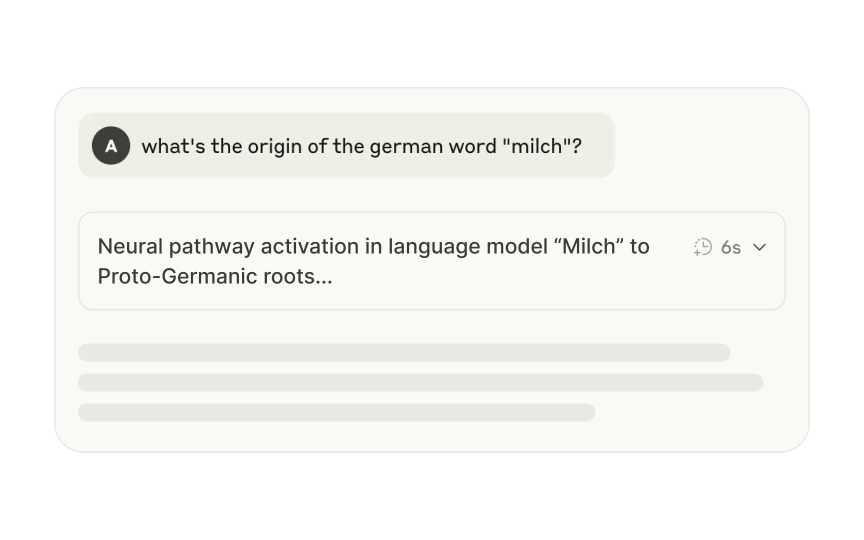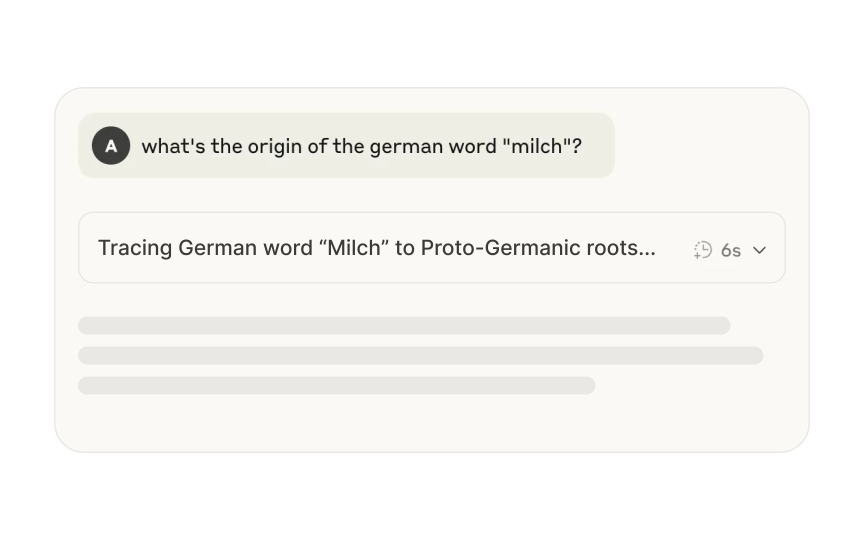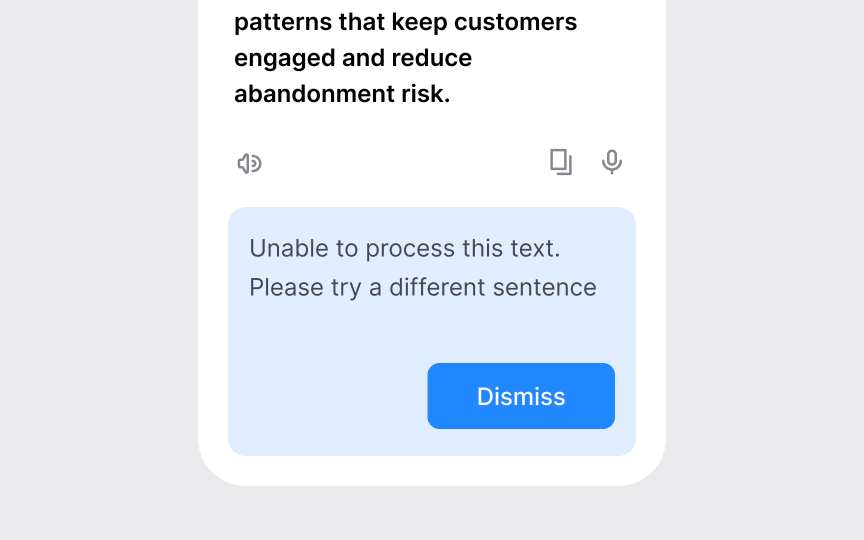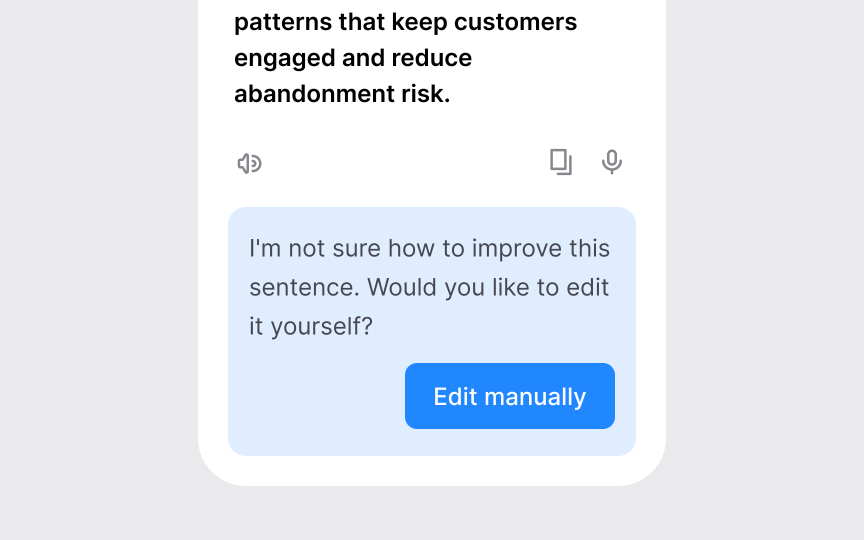Building AI Mental Models
Master the art of helping users understand how AI works and what to expect from intelligent systems.
When people first encounter AI, they often expect it to work like a search engine or a calculator. Input goes in, and the same output comes out every time. This fundamental misunderstanding creates frustration when AI behaves unpredictably.
Mental models are the internal blueprints people use to understand how things work. For AI products, these blueprints are often wrong from the start. Users might trust a recommendation system completely, not realizing it can make mistakes. Or they might distrust a highly accurate translation tool because they don't understand how it works.
The challenge intensifies because AI systems learn and adapt. A music app that knows your taste today might suggest different songs tomorrow as it learns more about you. This dynamic nature breaks traditional software expectations where features remain constant. Successful AI products bridge this gap by building on familiar concepts while clearly showing what's different. Consider how navigation apps introduced real-time traffic updates. They started with familiar map interfaces, then gradually showed how live data improved routes. The same principle applies to AI transparency.
Teams must decide how much to reveal about the AI's inner workings. Too little explanation breeds mistrust. Too much creates confusion. The sweet spot helps users understand just enough to use the system effectively and recognize its limitations.
Mental models are internal representations of how something works. They help people predict outcomes and make decisions. When users interact with
Traditional software works deterministically. Click a button, get the same result every time. AI systems operate differently. They make predictions based on patterns in data, which means outputs can vary. A photo tagging app might correctly identify your friend today but miss them tomorrow if the lighting changes.
This mismatch causes problems. Users might over-trust AI when they shouldn't or dismiss helpful features because they don't understand them. A spam filter that learns from user behavior seems inconsistent to someone expecting fixed rules. They might think it's broken when it's actually adapting to new spam patterns.
Understanding these differences helps teams design better AI products. Clear communication about what AI can and cannot do sets appropriate expectations. This foundation enables users to work effectively with AI systems and recognize when human judgment is needed.[1]
Pro Tip: Start by mapping what users already know before introducing AI concepts. This helps you build on familiar foundations rather than forcing entirely new mental models.
Before introducing
- Observing users interact with current solutions reveals their step-by-step processes.
- Interviews expose the reasoning behind their actions.
- Card sorting exercises show how they categorize and relate concepts.
Common mismatches include expecting AI to read minds, work perfectly from day one, or never need corrections. Users might assume AI understands context like humans do. They expect a voice assistant to know they're whispering because the baby is sleeping. Identifying these gaps early prevents frustration later.
Successful
- Progress bars for AI processing connect to familiar loading states.
- Animated dots show when AI is "thinking" just like typing indicators in messaging apps.
- Recommendation systems borrow star ratings from restaurant reviews.
Pro Tip: The key is progressive enhancement. Start with interactions users know, then layer in AI capabilities.
Clear communication about
Effective communication focuses on user benefits, not technical details. Instead of explaining neural networks, show how the AI helps accomplish tasks. A plant identification app should emphasize its ability to recognize common species, not the complexity of its image processing algorithms.
Timing matters for capability explanations. Front-loading all limitations creates doubt before users experience benefits. Waiting too long risks disappointment when limitations appear. The best approach introduces capabilities when relevant. As users try identifying exotic plants, the app can explain it works best with common species.
Visual design reinforces messages about capabilities. Disclaimers appear when AI might be working with incomplete information. Multiple suggestions show the AI considered various options rather than having one definitive answer. These cues help users understand when they're seeing AI output versus human-verified information.
First impressions shape relationships with
AI products need time and data to perform well. Running apps improve recommendations after learning user preferences and fitness levels. Music suggestions get better with listening history. Setting expectations for this improvement prevents early abandonment.
Successful approaches show progression clearly. Gemini states "I can help you write, learn, plan, and get things done" rather than claiming to be "intelligent AI." This makes practical benefits clear without overpromising. Products should communicate that personalization takes time.
Avoid "AI magic" messaging. Terms like "intelligent" or "revolutionary" create unrealistic expectations. Use specific descriptions instead. "Finds plants in photos and identifies safety information" sets clearer expectations than "AI-powered intelligent plant recognition."
First impressions of
Start with benefits, not technology. Users want to know what the product does for them. A photo app should talk about finding memories faster, not neural networks. Focus on things that improve daily life.
Let users make choices during onboarding. When they pick notification settings or content preferences, they learn what the AI can customize. This teaches through doing instead of reading. Be clear about data use from the start. Many users don't know their actions train AI systems. Explain what data you collect and why. Give them control over their information. Show how their data makes their experience better.
Pro Tip: Test onboarding with people who skip instructions to ensure key information still gets through.
Adding
Introduce features when they're useful. Don't announce "New AI features!" everywhere. Instead, suggest AI help when users need it. A document editor could offer formatting help when someone struggles with layout.
Explain specific benefits clearly. "Smart reply saves time on routine
Start with simple controls. Offer basic actions before complex features. A writing assistant might begin with suggested prompts like "Ask a question" or "Brainstorm ideas." Users can tap one option and immediately see what the AI does. Once they're comfortable with these simple
Pro Tip: Test onboarding with people who skip instructions to ensure key information still gets through.
Progressive disclosure reveals information as users need it. This approach works especially well for
The technique follows natural learning patterns. Basic functions come first, advanced features emerge as expertise grows. A photo editing app might start with simple
Tooltips, coach marks, and contextual help deliver information at decision points. When an AI suggestion seems unusual, a small explanation icon provides reasoning. These micro-learning moments are more effective than comprehensive tutorials. Users absorb information when they have immediate use for it. Progressive disclosure also manages complexity. AI systems often have many
Explicit feedback includes thumbs up/down
Implicit feedback happens through regular usage. Skipping songs, clicking links, or ignoring suggestions all provide signals. The challenge is helping users understand these passive
Timing feedback requests requires balance. Too frequent interruptions annoy users. Too few opportunities leave them feeling powerless. The best systems request feedback at natural pause points or after significant interactions. They also show how feedback improved the experience, closing the learning loop.
Finding the right balance between
Low-stakes, repetitive tasks benefit from more automation. Playlist generation,
Control mechanisms should be obvious and accessible. Override options, adjustment
Trust in
Transparency takes many forms. Data source explanations show what information feeds recommendations. Alternative suggestions demonstrate the system considered multiple options. These elements help users gauge when to accept AI guidance.
Over-transparency can backfire. Detailed technical explanations confuse rather than clarify. Constant uncertainty warnings erode confidence. The goal is selective transparency that aids decision-making. Show information that helps users act, not everything the system knows.
Trust also requires consistency. If an AI system explains some decisions but not others, users wonder what's hidden. Transparent practices must be systematic and predictable.
Mental models aren't static. As
User expertise grows through
Product updates challenge established mental models. New AI capabilities can confuse users comfortable with current features. Successful rollouts include education about what's changing and why. They connect new features to existing understanding rather than requiring mental model rebuilds.
When
The key is establishing a
Graceful failure means always providing a path forward. When AI can't complete a task, offer a manual alternative. A writing assistant might say "I'm not sure how to improve this sentence. Would you like to edit it yourself?" This keeps users productive while collecting valuable feedback. The system admits its limitation and immediately offers a solution.
Smart products don't hide their uncertainty. They make it easy for users to provide guidance while completing their tasks. Over time, this builds trust and improves the system. Users feel invested in making the product better because they see their feedback creating real improvements.
Pro Tip: Frame errors as learning opportunities, not system failures.
References
Topics
From Course
Images provided by
Share
Similar lessons

AI’s Role in Text Generation and Modification

Best Practices and Potential Pitfalls of AI Writing Tools

